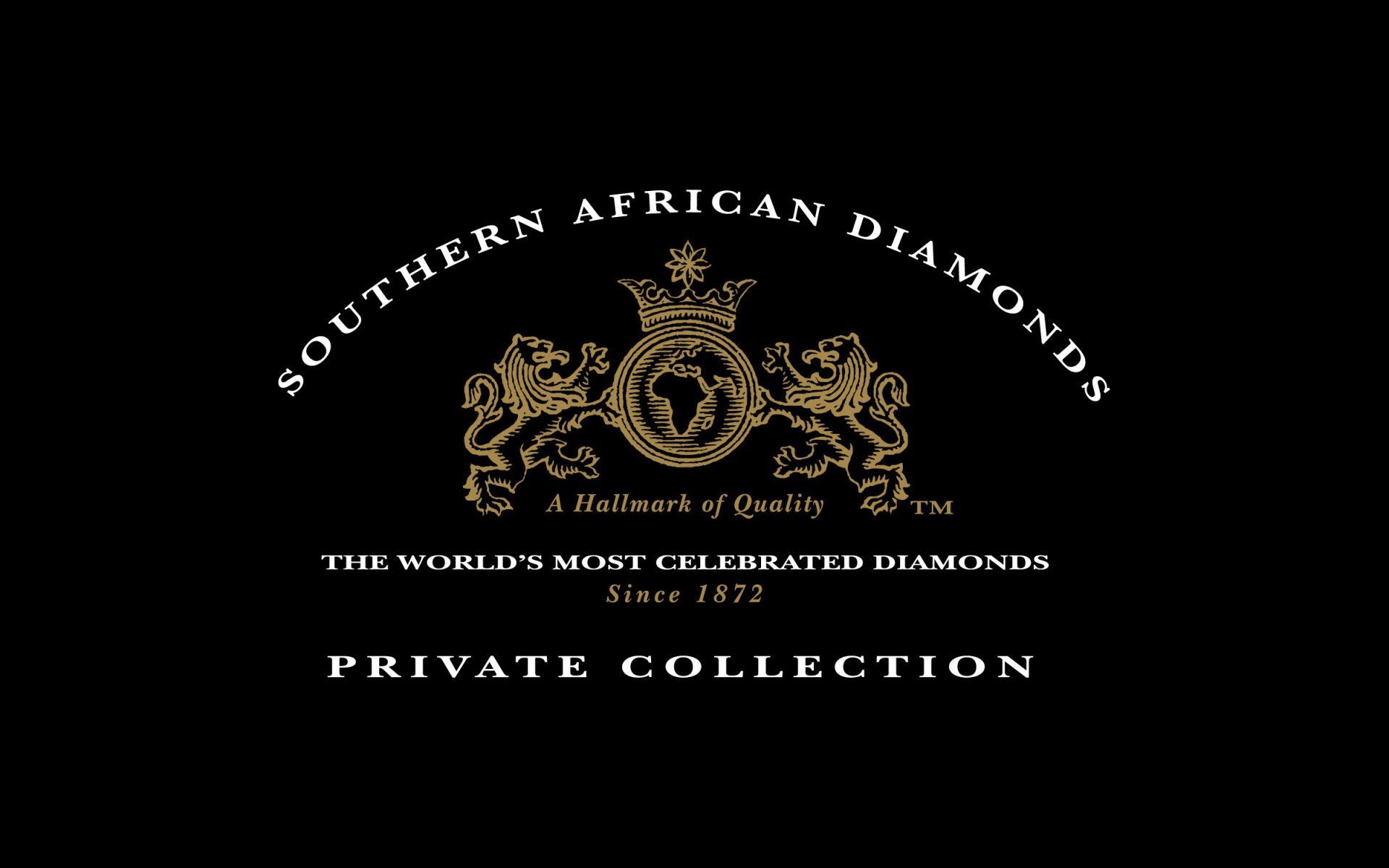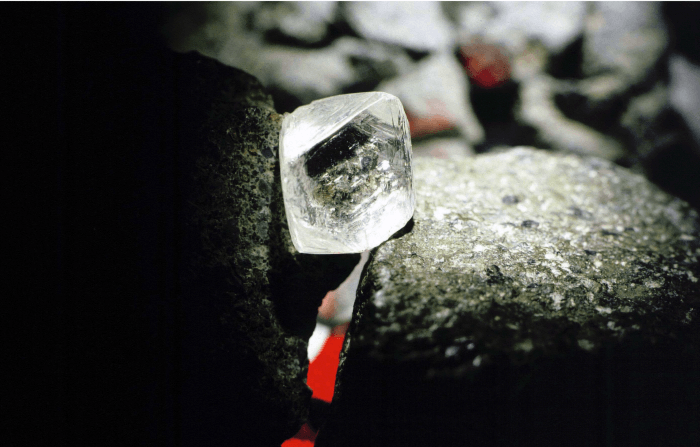DIAMONDS
South African Diamonds

Slide title
Write your caption hereButton
Slide title
Write your caption hereButton
Slide title
Write your caption hereButton
South Africa is known for its beautiful landscape, wildlife, sunny weather and also for its diamond, gold and platinum reserves. However, it wasn’t until the late 1800s when the discovery of the first diamond in South Africa made diamonds more attainable to the middle class, changing the worldwide diamond industry forever.
During 1867, a young man named, Erasmus Jacobs discovered the first diamond near Hopetown on the south bank of the Orange River in South Africa, which had a massive impact on the diamond industry. The diamond weighed 21.25 carats and was named the Eureka Diamond. But what exactly happened after the first diamond was discovered and what impact did it have on the diamond industry
Before the very first diamond was discovered in South Africa by the 15-year-old Erasmus, the gemstone was considered to be a very rare find. The shortage of supply made a diamond very expensive and is an essence, only affordable to royalty and the rich and famous. But that soon changed, after a number of diamonds were found during the Kimberley Diamond Rush; the influx of diamonds to the world market brought the price down significantly. This also meant that the desired gemstone was finally available to the middle class, making miners even more eager to claim their piece of land in the mining field.
After the discovery of diamonds in South Africa, through alluvial mining, an influx of miners made their way to Kimberley to claim their stake in the diamond industry. In a matter of months mining activities occupied the area, but luckily for the miners, there wasn’t a shortage of supply. In just two years the mining town went from being an arid piece of land to a buzzing location of wealth. Soon, a town was established to accommodate a number of miners that came from around the world.
With their newfound wealth, two UK immigrants named Cecil John Rhodes and Barney Barnato decided to start a few large mining companies in the area. The entrepreneurs developed the diamond industry by building up the 31-foot mining area.
Rhodes, however, went on to be the co-founder of the De Beers diamond company, which still plays a major role in the diamond industry today. Throughout the years the growth of the mining industry just kept increasing.
During the outbreak of World War I in 1902 the entire mining area was placed under the supervision of a caretaker. It was only in 1916 that the production of diamonds resumed. But, shortly after, mining came to another halt with the Great Depression in the US. With a few ups and downs business continued as usual in 1945 and picked up even more in 1979, after the opening of the mine below the Gabbro sill. But what exactly was the reason for the growth? The establishment gave the miners direct access to a diamond pipe (also known as a Kimberlite pipe). This specific breakthrough changed the world of mining significantly; the industry continued to grow for the next 15 years.
Throughout the years a few exceptional diamonds were found at the Premier Mine in South Africa – one of them being the largest diamond ever found, the Cullinan diamond. The magnificent diamond was discovered in 1905, becoming one of the most famous diamonds of all time. The diamond, which was the size of a human fist remains the world’s largest rough diamond ever discovered.
Another exceptional diamond was found in a recovery plant nearby; the large diamond weighed a whopping 426.5 carats. The diamond measured under 51 mm long, 25mm wide and 19 mm thick and was dubbed the Niarchos diamond. In 1958 the internally flawless and exceptional large diamond was sold to a man named, Aristotle Onassis. The well-known art collector and investor purchased the diamond from Harry Winston for R25 million for his wife, Charlotte Ford.
The South African diamond industry took the entire world by storm, becoming one of the major suppliers of the magnificent gemstone worldwide. Up until today, it is known that Kimberley is one of the most sought-after diamond mining areas in the country. There’s no denying that South Africa remains one of the biggest suppliers of diamonds to the global industry.
